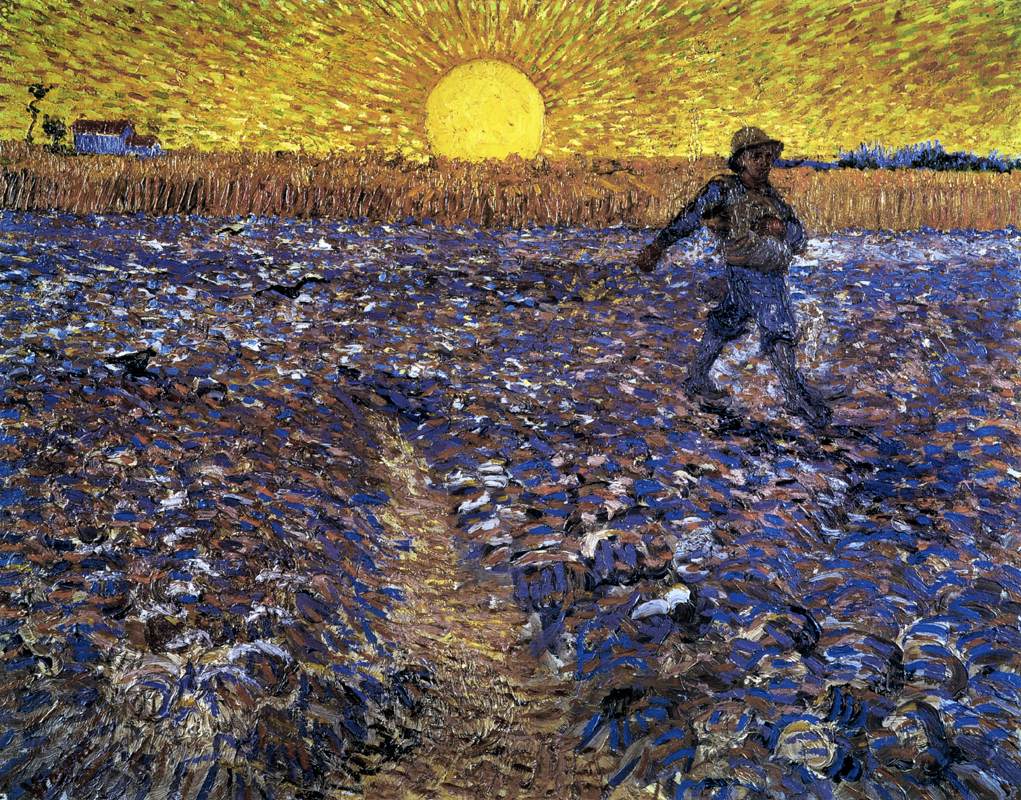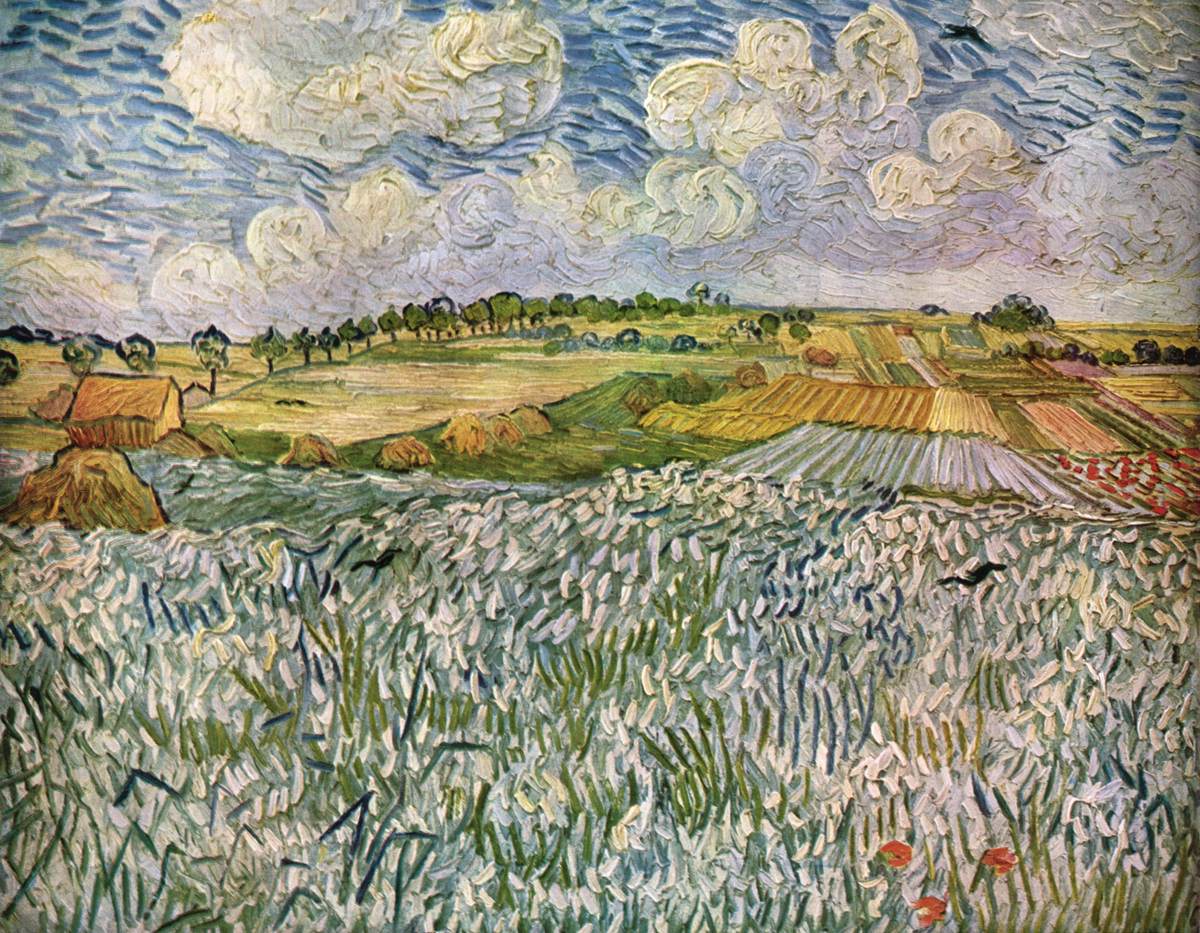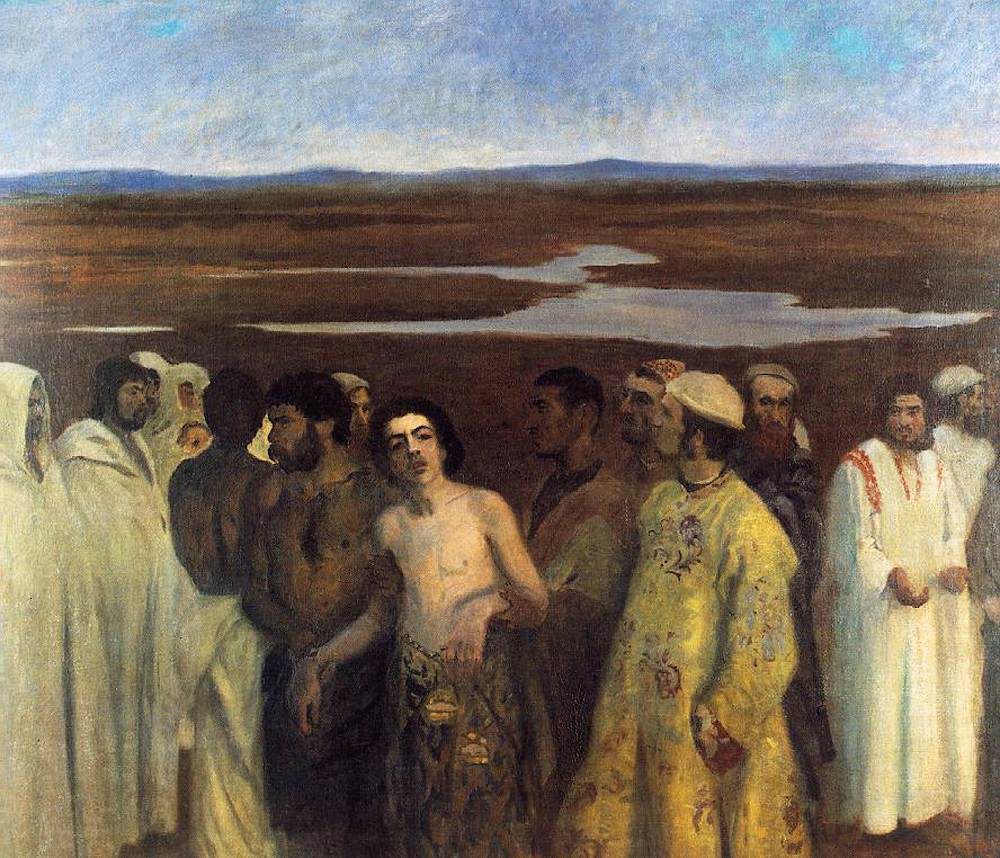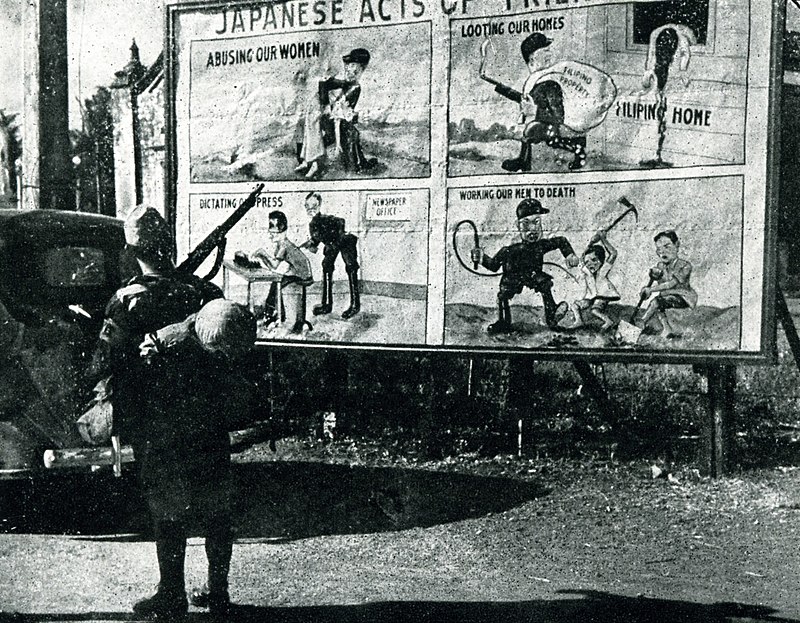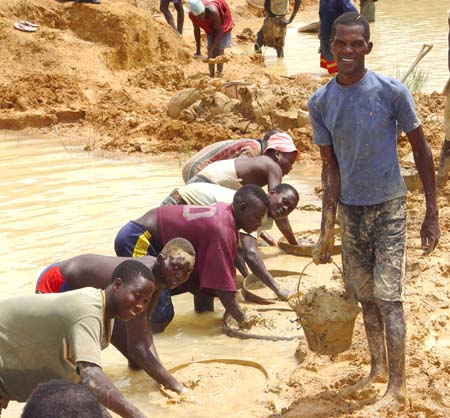Solidarity for Philippine Fair Trade. Fr Shay Cullen’s Reflections, 15 August 2014
Solidarity for Philippine Fair Trade
by Fr Shay Cullen

Raw sugar production in the Philippines [Wikipedia]
Fairness and justice is what the poor and the oppressed need from those elected to protect and serve them.When the people are in greatest need and government officials turn away then the people have been betrayed, abandoned and left without help. This is what I experience every day in our struggle to get justice for the victims of human trafficking child sexual abuse. But there is little justice. The rich and powerful can buy their way out of their crimes. It happens also to the farmers and the urban poor that their oppressors kill with impunity.
That is what is happening to the Panay Fair Trade group in Panay island in the central Philippines. Some members of the Panay Fair Trade Farmers’ Cooperative have been harassed, brutalized and their leaders assassinated. One day last March Romy was with his mother-in-law at the public market when a motorcycle with two men drew close to him and opened fire, shooting him in the head. His mother-in-law went into shock and the killers escaped on the motorbike .They were only fifty meters from a police station. Romy Capalla, died on the spot. He paid the ultimate price for his solidarity with the poor. The same day fifteen kilometers away the small sugar mill of the farmers’ cooperative was mysteriously burnt to the ground by unknown arsonists. But the Philippine government has turned a blind eye to it all.

Trucks delivering sugarcane [Wikipedia]
The eyes of the world are not closed. A solidarity group of international observers for the Fair Trade movement from Europe and around the world will travel to Panay Island this August month in a demonstration of solidarity and support and also to speak out to the authorities to end the killing of the farmers and the leaders and respect human rights. The solidarity delegates will visit politicians, church leaders and speak with concerned groups to raise the awareness of the violations to human rights and the harm and great injustice done to the farmers.
The delegates from Europe, who include members of DWP and GEPA, Germany, and members of CTM Altromercatofrom Italy, together with thousands of Fair Trade supporters will join with the Philippine Fair Trade organizations such as Preda Fair Trade, CCAP and others to protest the violation of the human rights of the farmers and their families.
There are killer death squads assassinating farmers and one squad killed their leader Romy Capalla.
These are independent farmers growing sugar cane on the own land or as rightful tenants and not part of the big sugar growing plantations. They have successfully broken away from the control of rich sugar barons who set a low payment for the sugar cane and a high price to mill it.

Cut sugarcane [Wikipedia]
This economic control causes the farmers to remain mired in cruel poverty and their children can’t go on to a better life. The farmers’ leaders and organizers are a dedicated group of human rights advocates and Fair Traders who are trying to bring a new and better life to the thousands of small farmers who are exploited in the sugar industry of Panay Island.
Fair Trade organizations in Europe buy Muscovado Sugar from the Panay farmers at a fair price and the farmers have prospered and have been able to raise funds to build their own sugar grinding and processing mill. They also sell Muscovado sugar locally to the supermarkets and make a good living, free from the dominating barons who feel threatened as more and more farmers want to join the association and mill their sugar at the association’s mill at a lower cost. They then earn more and prosper too. This is strong competition and the murderous attack on the members and Romy Capalla and the burning of the mill is believed to be the work of a few of these sugar barons. Romy will be remembered and celebrated as a staunch defender
of human rights.
Brown sugar examples: Muscovado (top), dark brown (left), light brown (right) [Wikipedia]
His brother is the retired Arrchbishop of Davao, Ferdinand R. Capalla. Romy was instrumental in setting up the project and his group had great success in organizing the farmers into this Panay Fair Trade sugar-producing cooperative where the small farmers held onto the land and planted their own sugar cane. They harvested and milled the sugar cane themselves in that small sugar mill that produced the Muscovado that is healthy and exported to stores around the world. They also have local sales.
Throughout the Philippines the plantation owners and the super-rich families form the ruling elite and they own or control 70% of the economy, manufacturing and agriculture in the Philippines. A few of the rich sugar planters apparently see the independence of the farmers having the own mill as a threat and a dangerous precedent for others . They want to control the entire sugar harvest and fix prices. But the strong organization begun by Romy Capalla resisted that and began the Fair Trade alternative.
All help and assistance is needed to support the Philippine Human rights defenders and Fair Traders. The greed of a few has destroyed the lives of the many. As always, they who do the most good are rejected, condemned and made to appear bad. It is the story of the Gospel , it is the hardship of trying to do justice ,changing the world for the better and doing what is right. We must never lose heart and take our stand.
shaycullen@preda.org. www.preda.org
Email: shaycullen@preda.org,
Information Officer: emmanueldrewery@preda.org








